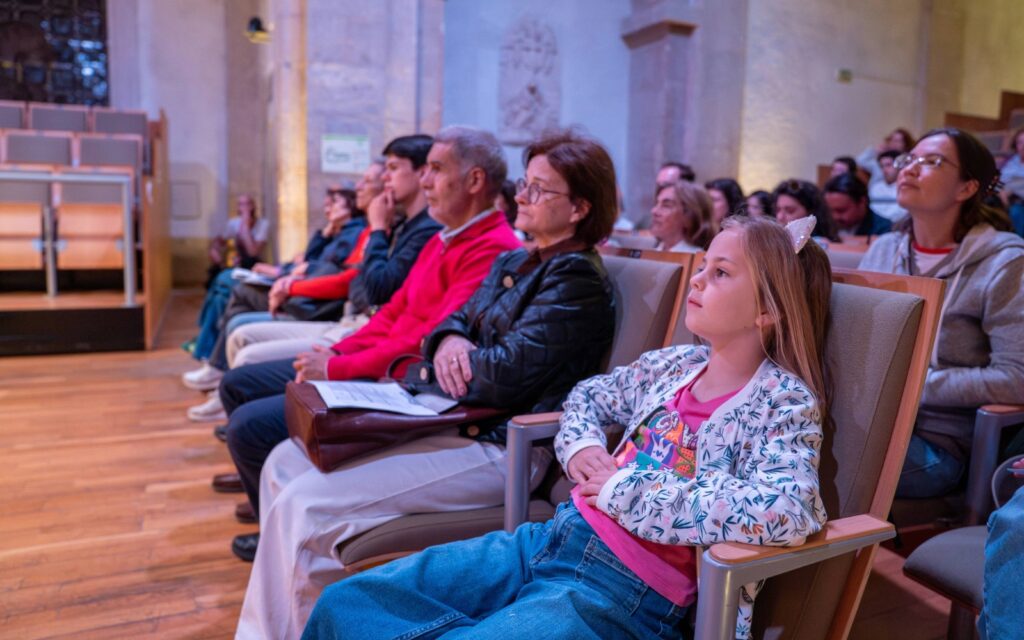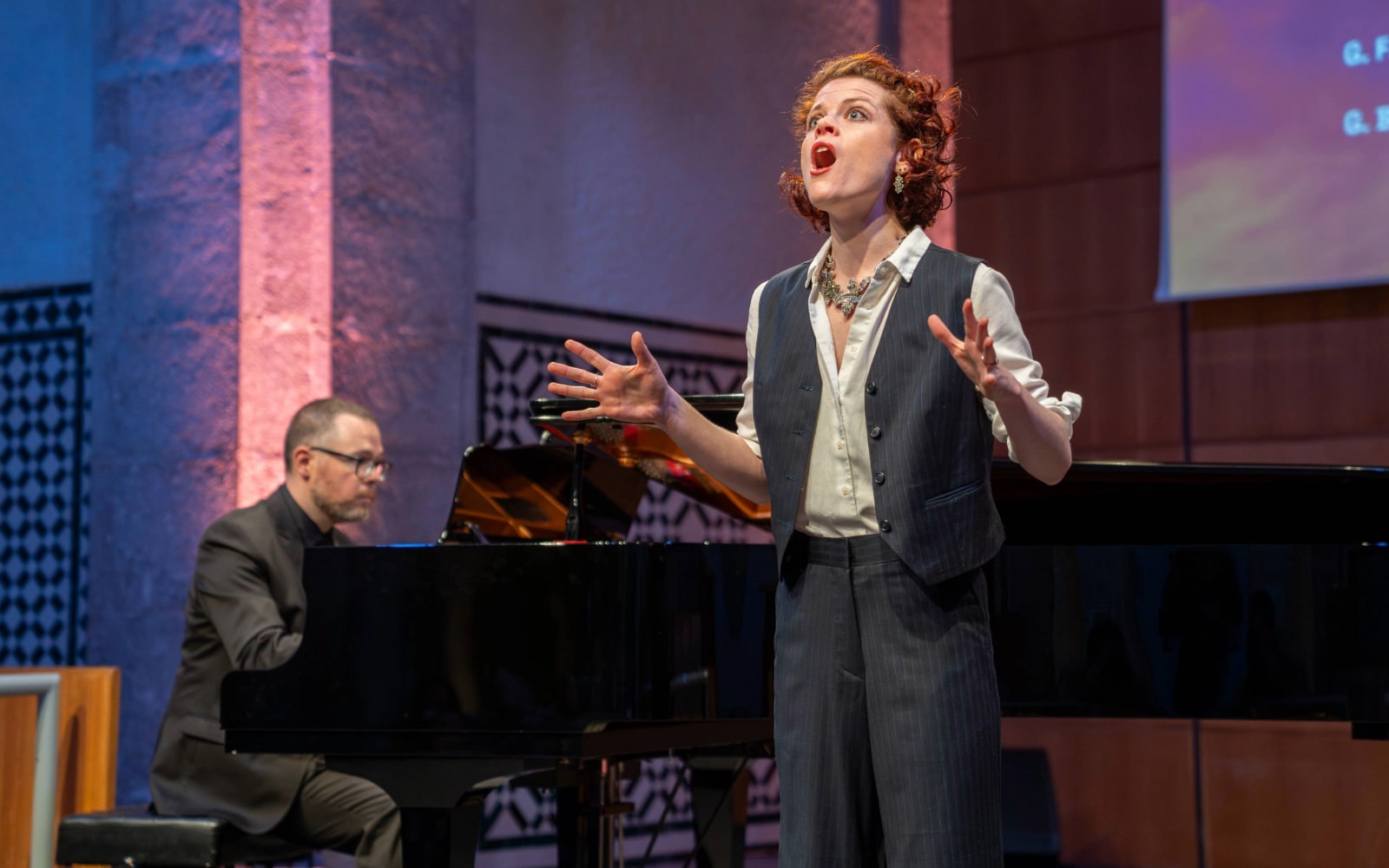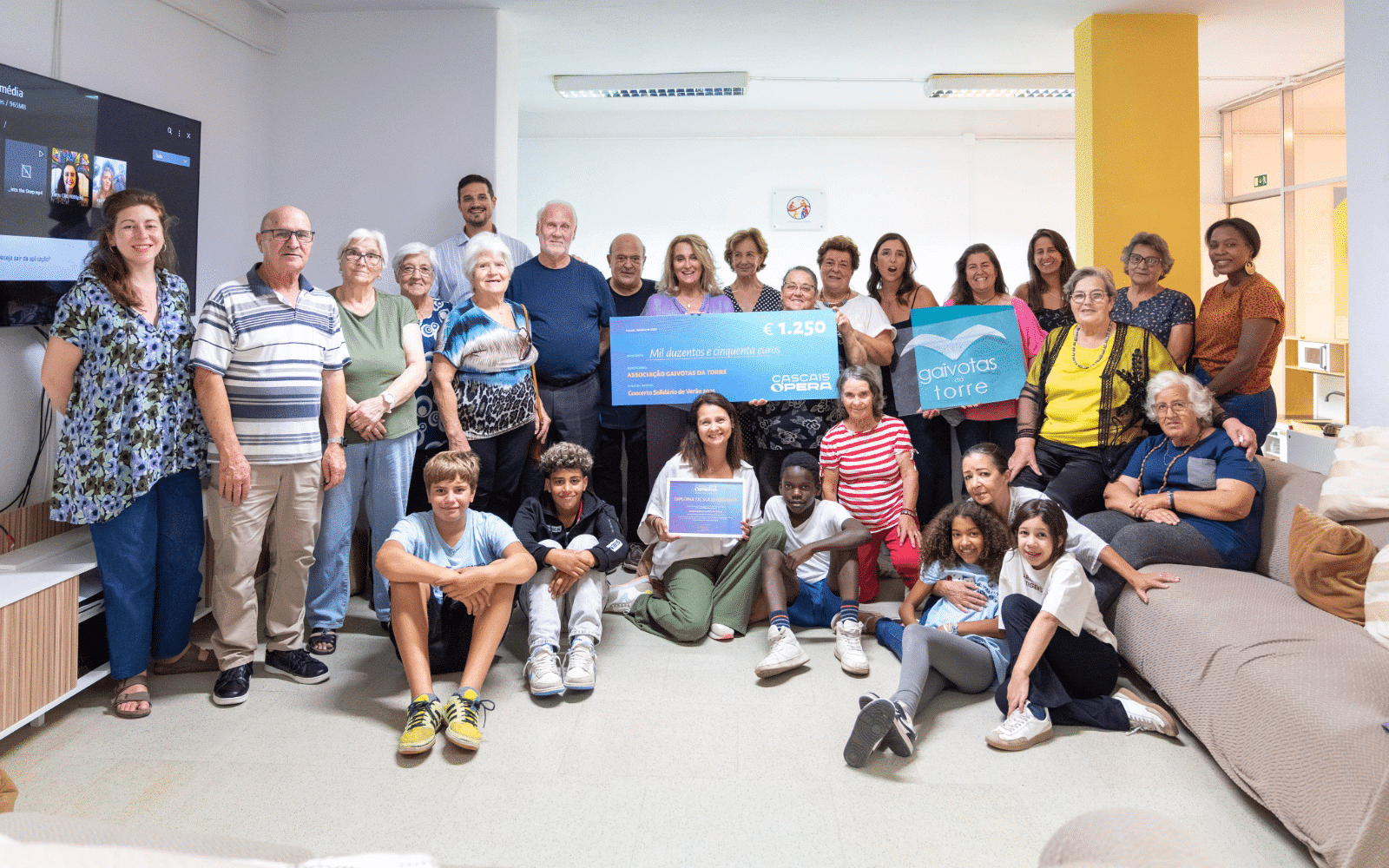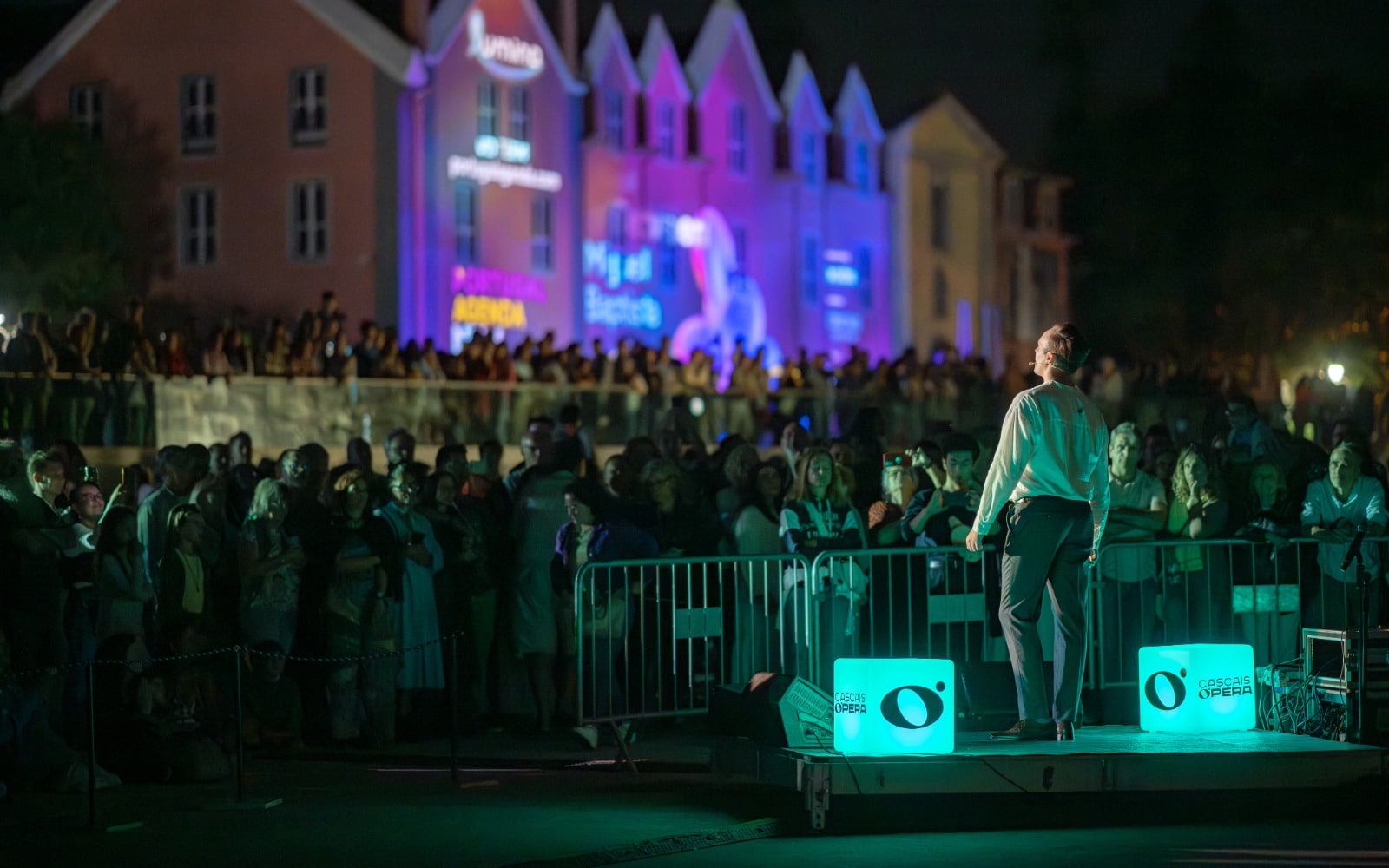In its second edition, Cascais Opera partnered with the “Sopradores de Imagem” (“Image Whisperers”) project, enabling blind and visually impaired audiences to independently experience the Final of the competition, taking place on May 4th at the Grande Auditório of the Calouste Gulbenkian Foundation. Through this initiative, the international vocal competition also facilitated the training of Portugal’s first image whisperers in the field of classical music.
“Sopradores de Imagem’ is a French project that we are implementing in Portugal, aimed at increasing the participation of blind and visually impaired people in museums, theatres, events — any cultural space within a city,” explained Fátima Alves, one of the project’s key advocates.
Image whisperers are volunteers — students, cultural professionals or people from any field — who aim to make performances more accessible to this audience.
In Portugal, the project is less than a year old, and until now, the community of whisperers did not include any volunteers with specific training in classical music. By joining the initiative, Cascais Opera opened that door. In addition to offering training opportunities, the competition also reserved seats at the Final for image whisperers, with one seat granted for each ticket purchased by a blind or visually impaired person.
During the performance, image whisperers discreetly describe to the audience member — through whispered commentary — what is happening on stage, such as costumes, gestures, lighting, or movements, “whatever is relevant,” said Fátima Alves. “What is the singer wearing? What does the pianist look like? Is there only one piano? What kind of piano is it? What is the atmosphere like? What visual information is available? These are details that, if not conveyed to the blind person, will be lost — and it’s that information that helps create a fuller perception of the world or the space around them. That’s the goal: to share that information as briefly, but as completely, as possible.”

She further explained that the “whispering” always occurs before a musical moment begins. “At the end, when people are applauding, we can add a few more details about the performance, such as the singer’s posture — whether she moved around the stage or stayed in one place — whether her facial expressions were intense… things we wouldn’t describe during the singing itself.”
To take on this role at Cascais Ópera, volunteers registered and received training held at Casa Sommer, and they also attended the initial rounds of the competition to gain hands-on experience.
“I had been looking for a volunteer opportunity for some time, and when I found this project — which works with classical music, something I love — I had no doubt that this was a place where I could help while also learning,” shared Gäel Rolim, one of the volunteers.
Lívia Pombal, another volunteer, is a student of historical musicology. “Recently I participated in a Braille music notation workshop, and it raised several questions for me around accessibility — about how everyone can enjoy a concert in the same way I do. That’s what motivated me to sign up.”
For her, joining the image whisperer community has given her “a new perspective,” she explained. “Because we learn to see things in a new way — to observe more carefully what many of us often take for granted.”



